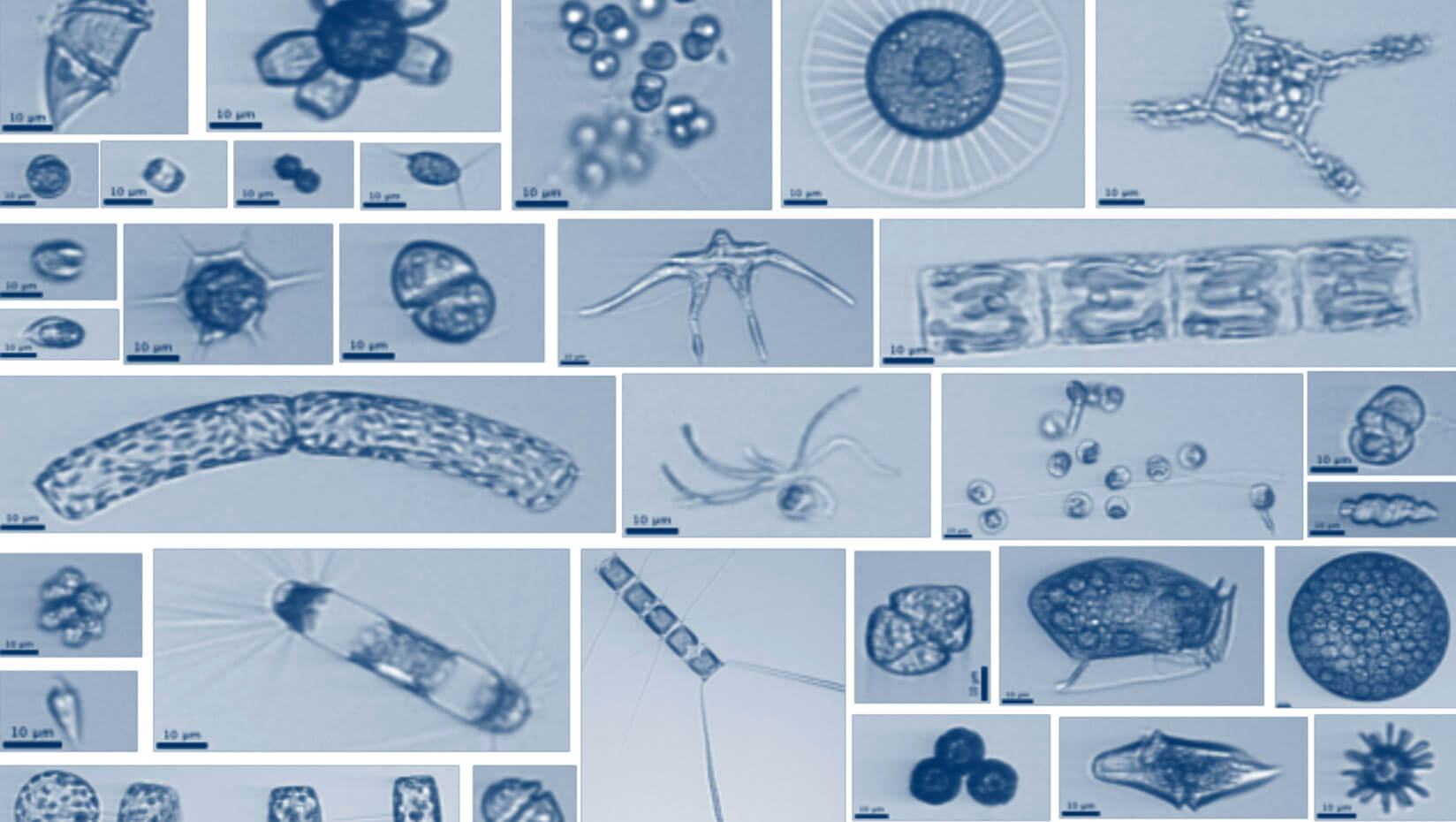
NSF funds Karp-Boss’ research into processes affecting plankton
A University of Maine marine scientist will investigate the processes affecting the abundance, diversity and movement of plankton populations in the Pacific Ocean.
The National Science Foundation awarded Lee Karp-Boss, a professor with the School of Marine Sciences, about $370,000 for her research into the influences of Island Mass Effect on various planktonic communities. Emmanuel Boss, professor of oceanography, will serve as co-principal investigator for the study. The team of researchers also includes two graduate students, Guillaume Bourdin, a Ph.D. student of oceanography who received a three-year NASA graduate fellowship through the Future Investigators in NASA Earth and Space Science and Technology (FINESST) program, and another graduate student that Karp-Boss’ team plans to recruit.
Karp-Boss also was awarded more than $180,000 from NSF to study the sinking behavior of diatoms, which she says can affect how organic carbon is transported from the surface of the ocean, where it is produced by diatoms through photosynthesis, to a deeper layer of the ocean where it can be sequestered. Bradford Gemmell, a marine scientist from the University of Southern Florida, and Glen Wheeler, a molecular cell biologist from the Marine Biological Association in Plymouth, England, will work on the research project with Karp-Boss. The National Environment Research Council of the United Kingdom allocated funding to support the collaboration.
Phytoplankton fuel life in the ocean, thus knowledge on distributions, abundances and species composition of phytoplankton is central for understanding the ecology of the ocean, says Karp-Boss.
Tropical and subtropical regions of the Pacific Ocean, especially the western portion, are characterized by nutrient-poor surface waters that support low biomass of phytoplankton. Remote sensing data reveals that near island concentrations of phytoplankton are elevated compared to background concentrations in the surrounding ocean.
Coral reef islands and atolls alter the circulation of ocean and air currents, which imbue the surface water with nutrients from deeper waters. This process, known as Island Mass Effect, can foster phytoplankton blooms and high plankton biomass that bring additional nourishment to ecosystems.
Karp-Boss says she and her team seek to learn whether Island Mass Effect results in different plankton communities and higher diversity compared to the background ocean, as well as how it affects food webs in marine ecosystems. Previous researchers primarily studied the process and its influence by observing chlorophyll concentrations in ocean waters, a proxy for phytoplankton, through satellite remote sensing. Karp-Boss, however, plans to study both the abundances and community composition of plankton assemblages in the vicinity of 20 islands across the Pacific Ocean, the most in any project, using plankton imaging and metagenomics approaches.
Karp-Boss, Boss and Bourdin will use a dataset collected during the TARA Pacific expedition, conducted 2016–2018 to study the biodiversity of coral reefs and how the environment, climate change and human actions have affected them over time. Bourdin served as an engineer for the expedition, and collected the data Karp-Boss says her team will use for the study.
The influence of Island Mass Effect makes islands a natural laboratory to study how groups of plankton respond and change as a result of the disturbances in their physical and chemical environment, Karp-Boss says. The study may provide plankton inventory data that could enhance ecosystem models for one of the most undersampled regions of the world’s oceans.
In the other NSF-funded study, the UMaine oceanographer and fellow researchers from the U.S. and U.K. plan to investigate the vertical motion of one of the most prominent groups of phytoplankton, diatoms.
Diatoms are nonmotile and encased in a glass-like outer wall that make cells denser than the surrounding water, enabling them to sink. The laws of physics suggest that cells would sink at a steady speed, but these tiny cells, smaller than the width of a human hair, actually control their sinking speeds and exhibit an unsteady behavior. They sink rapidly for a short time, then stop and hover before starting to sink rapidly again. Karp-Boss says that sinking enhances nutrient delivery to cells, but at the same time, the quality and quantity of light for photosynthesis decreases as they settle away from the illuminated upper layer of the ocean, also known as the photic zone. The increase in nutrient flux is a function of sinking speed, but constant fast sinking would cause diatoms to leave the photic zone.
Karp-Boss says she and her colleagues believe unsteady sinking serves as an adaptation of diatoms to vertical distributions of resources in the water column. Unsteady sinking provides cells the opportunity to boost their nutrient supply, but unlike in steady sinking, this behavior decreases the mean sinking velocity and the distance traveled. Unsteady sinking, therefore, reduces diatoms’ chances of settling out of the photic zone. The action requires rapid modulations of buoyancy, but Karp-Boss says how diatoms execute that over time at the scale of nano-seconds remains a mystery.
The UMaine professor and her fellow scientists will explore how and why diatoms unsteadily sink. They will also examine how environmental and physiological changes, such as sharp gradients in light and nutrients, affect this behavior, as well as some of the cellular processes involved. In order to answer these questions, the research team will examine individual diatom cells using state-of-the-art video technology, microscopy and microelectrodes.
Contact: Marcus Wolf, marcus.wolf@maine.edu
